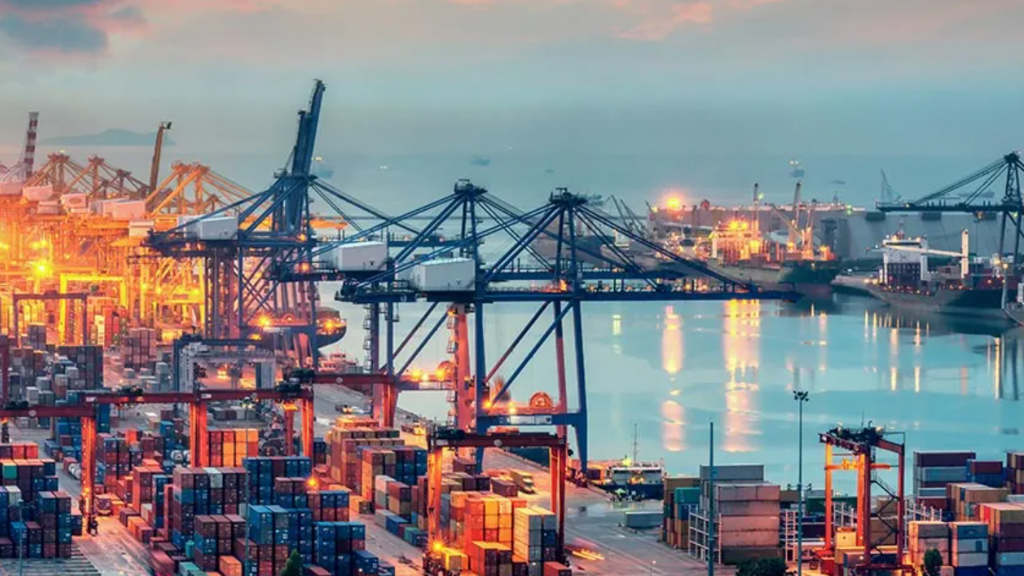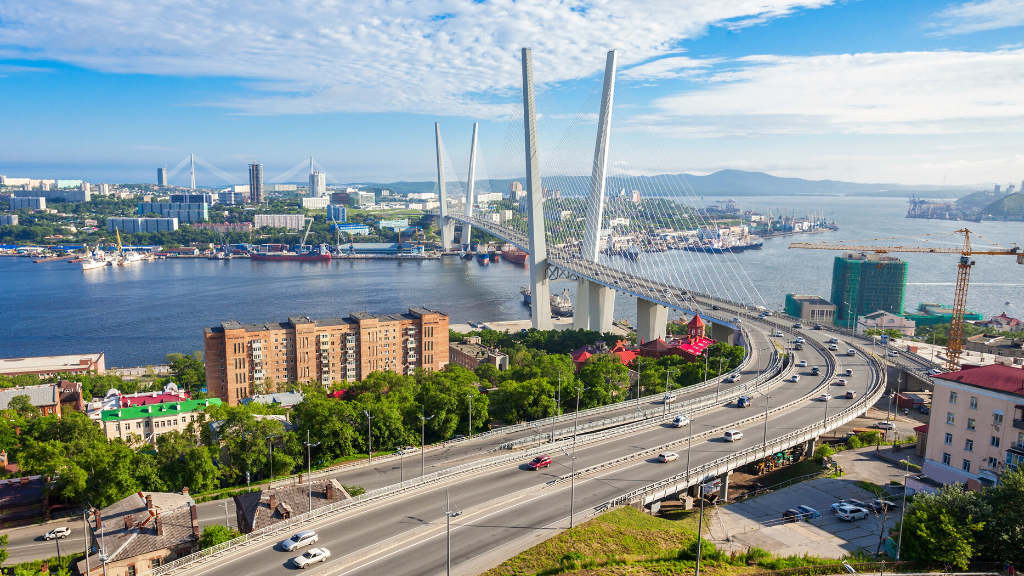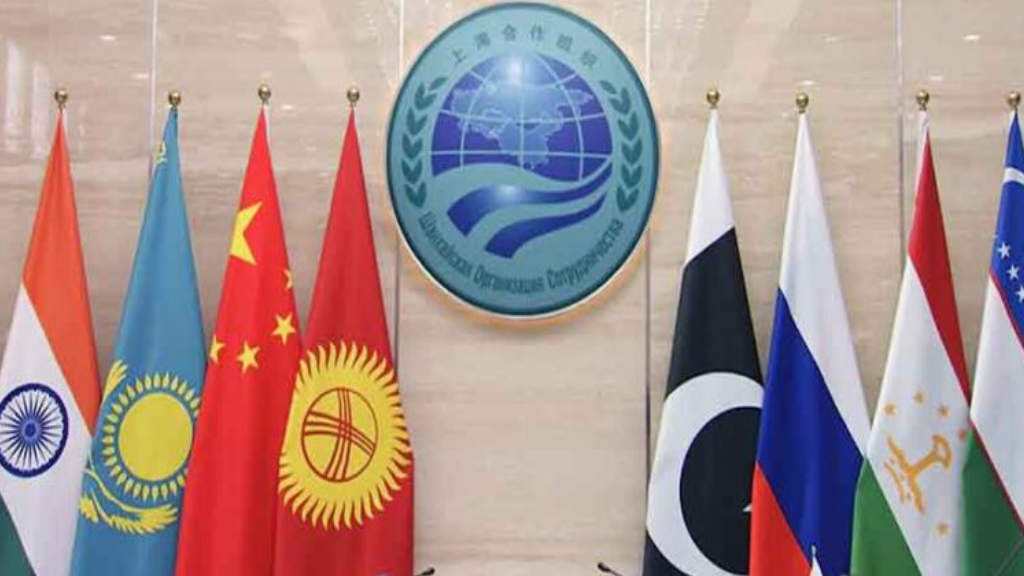Russia’s pivot to Asia isn’t just about asset re-distribution, shifting supply chains, and new consumers, it is also affecting Russia’s regulatory environment, some of which will impact environmental cooperation with the European Union.
An example is carbon regulation in Russia, which has been focused on Western markets but is now turning towards Asia. These conclusions were reached at the St. Petersburg Exchange and the Global Climate Initiative (CGI Russia), which has been held as a precursor to the upcoming UN Climate Change Conference (COP29) which will be held in Baku on November 11–22.
Elizaveta Danilova, director of the financial stability department of the Russian Central Bank, said at the event that the Chinese experience of managing climate regulation in China is becoming increasingly significant for Russia. This is because China has integrated multiple sectors of society into energy-saving goals and its commitment to achieving carbon neutrality, whereas the EU and the United States are now lagging behind. An example is city office buildings. In cities such as Shanghai and Beijing, all new office builds must have a certain number of EV (electric vehicle) charging stations in the building car park so office workers can charge their vehicles while working. Older buildings must be refurbished to provide the same. If non-compliant, their operating licenses are revoked. These requirements do not exist in the West. Meanwhile, China is now the world’s largest manufacturer of EVs, upon which the EU has just slapped 45% import tariffs to protect their own, largely petrol-driven vehicle manufacturers.
This then also becomes a matter of both fiscal prudence – opening up economies to new technologies to drive them forward – and also in providing environmental protection on a national scale.
That has immense significance for Europe as a continent, as European Russia covers the vast majority of Eastern Europe, and spans roughly 40% of Europe’s total landmass, with over 15% of its total population. However, sanctions, and an overall European reluctance to engage with Russia over any forms of collaboration and cooperation, rule out any Russian initiatives.
When studying the Chinese initiatives, the Central Bank of China, showing the national path to carbon neutrality, illustrated that the ratio of primary energy consumption to GDP in China has decreased by more than 40% since 2005. That has been achieved by a national commitment to achieving carbon neutrality by 2060, which includes advisory measures in addition to mandatory requirements for Chinese corporates, including its State-Owned Enterprises.

In Russia, there are still a lot of catch-up measures that need to be put into place – Russian energy intensity to GDP is still noticeably higher than China’s and over the past 15 years has remained almost unchanged. In Russia, many climate initiatives are still in the pilot stage and experimental in nature. What needs to happen is that Russia needs to achieve energy-saving goals by integrating them into the performance indicators of managers at all levels of society and business.
Here, Russia is being failed because of its previous alignment with European standards – as the integration of the Russian national carbon regulation system into the Western segment of the global market is now impossible. Russia cannot conduct carbon trading with Europe – a developing problem for the EU as it has an average population density of 109 people per sq km, as opposed to Russia’s 9 people per sq km. Europe needs Russian carbon trade but has cut itself off from Russia’s potential to bury it. Instead, Russia can be expected to use the COP29 platform for alignment with Asian partners, including Indonesia and India as well as China. The Russian delegation at that event intends to participate in the international dialogue by talking about its own practices and improving these. That includes introducing a monitoring system for climate-active substances, the registration of carbon units, carbon trading, and general plans for adaptation to climate change.




